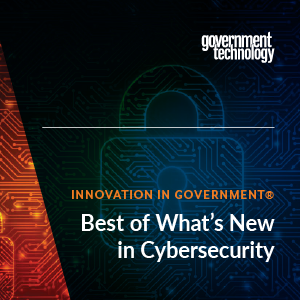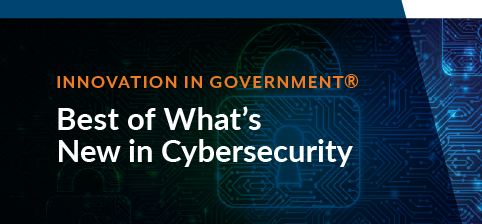For security professionals, the COVID-19 pandemic represents something of a perfect storm. The risk landscape exploded in a matter of days as state and local agencies rapidly sent thousands of employees home to work remotely. At the same time, security personnel and resources were stretched exceedingly thin, with many security teams redeployed from operational tasks to urgent new projects. Now is the time to reevaluate security tools, processes and strategies in light of these massive COVID-driven changes. Immediate steps include understanding and addressing situations where users may be storing sensitive data on insecure home computing devices, as well as dialing back remote access privileges to reduce the risk of inappropriate access or stolen user credentials. Over the longer-term, agencies must develop better monitoring capabilities that help them spot threat activity and potentially risky user behaviors. Read the latest insights from industry thought leaders in Cybersecurity in Carahsoft’s Innovation in Government® report.
Time to Reevaluate Security Practices
“The bottom line is that even the best tool or approach will not fix a bad process. All the zero-trust technology in the world won’t work if your identity and asset management processes give the system bad data. To fully utilize these approaches, agencies must look honestly at their processes and what they’re doing regarding hygiene, security practices and things like that. Organizations also need to determine what they want from these tools, whether the tools align with their best practices and overall security approach, and how these tools impact the way they perform existing processes.”
Read more insights from McAfee’s Chief Technology Strategist, U.S., Sumit Sehgal.
Building Resilience through Digital Risk Management
“Planning ahead for how you’ll address problems and putting contingency plans down on paper is an important risk management process. Organizations need good security workflows and a way to aggregate information about their networks, valuable resources and who is doing what in the organization. Then they need plans for triaging the most devastating risks first. It’s impossible to think of every threat, but organizations can start by considering what types of incidents could interfere with critical capabilities and prevent them from completing their mission. With that information, organizations can put together contingency plans, even when they’re not quite sure what potential threat might bring about that particular loss of functionality.”
Read more insights from RSA’s Federal Group Field CTO, Steve Schmalz.
Confronting a New Threat Ecosystem
“Understanding your organization and where it fits into the threat ecosystem is probably among the most effective ways to grapple with this issue. In a purely introspective sense, it’s important to understand your corporate network — you need to know which information assets, individuals and applications are likely to be targeted by attackers and then place a higher priority on security alerts and advisories that impact them. Organizations also can narrow the focus of their detection and threat-hunting efforts by understanding the specific attackers that are known to be interested in their industry and geography, and use this knowledge as a preliminary guide.”
Read more insights from FireEye’s Manager of Mandiant Threat Intelligence, Jeremy Kennelly.
Remote Work Is Here to Stay
“The secure access service edge (SASE) model lets organizations apply security no matter where their users, applications or services are located. It dictates that enterprise users need access to a variety of business resources and information. To maintain business operability and meet their missions, enterprises must figure out how to do that securely. Secure remote access — which includes secure connectivity, identity access management, access control, continuous validation of secure connectivity throughout an interaction and more — will be the mark of a functioning cybersecurity apparatus moving forward. The other component is being able to scale cybersecurity talent and resources to accommodate growth.”
Read more insights from Palo Alto Networks’ VP and Field CSO, MK Palmore.
Addressing Evolving Application Threats
“No matter who comes through the door, you have to verify everything about them and that verification must follow them through the system. Organizations can’t just check a user’s ID, give them a password and be done with it. It’s a continuous process of authentication. When a user attempts to move from one part of a system to another — for example, if a person applies for unemployment insurance, but they logged in through a parking application — the organization may want to require additional authentication or scrutinize the user more deeply. Access is not all or nothing. There’s a granular dial that you’re turning up and down based on what a user is doing within the system.”
Read more insights from F5 Labs’ Director, Raymond Pompon.
Taking Threat Detection and Response to the Next Level
“A lot of the change comes from having to support a large remote workforce. Regular system maintenance tasks like vulnerability scanning and software patching have changed dramatically. In the past, patching technologies assumed that systems were physically on the same network or would ultimately be connected via a virtual private network. As users’ machines move off the network, they get scanned less often, if at all. Remote work and increasing reliance on SaaS have really highlighted the need for zero-trust networks, where services require not only a trusted user but also protection of the data viewed and saved from these services.”
Read more insights from SecureWorks’ Chief Threat Intelligence Officer, Barry Hensley.
Download the full Innovation in Government® report for more insights from these government cybersecurity thought leaders and additional industry research from GovTech.







